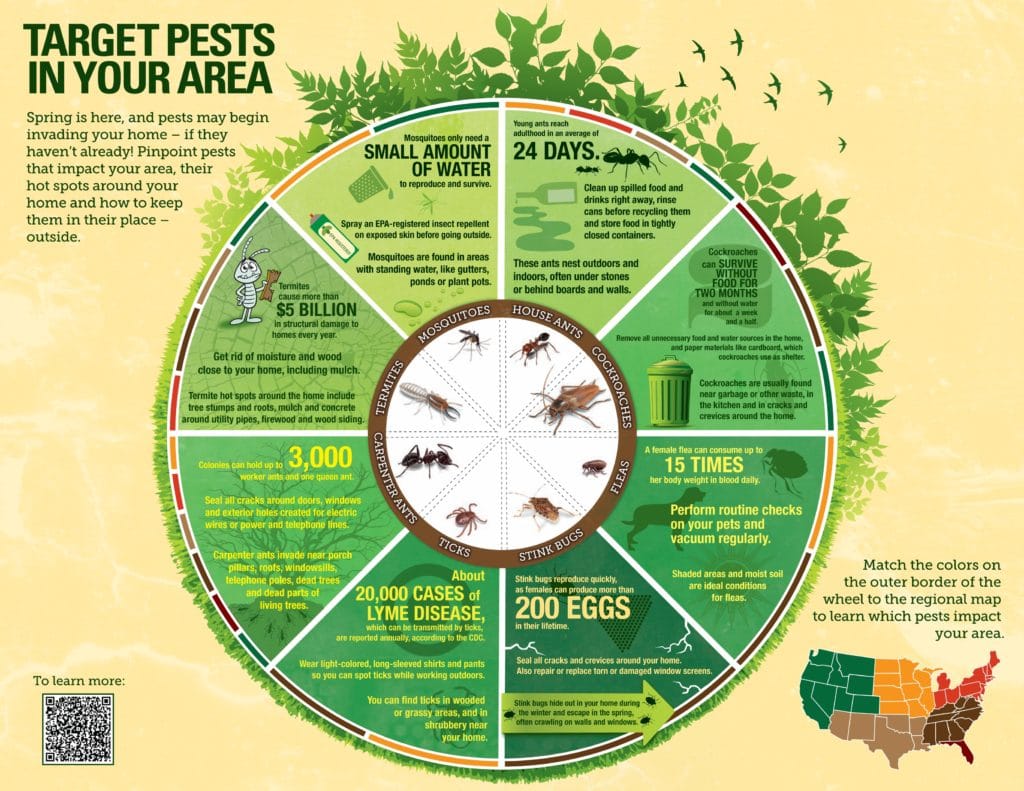The Function Of Insect Exterminators In Environmental Sustainability
The Function Of Insect Exterminators In Environmental Sustainability
Blog Article
Content By-Yates Vang
You may believe that pest exterminators are just interested in removing insects, yet their role exceeds that. They play a critical part in ecological sustainability.
By utilizing integrated parasite administration methods, they not only remove bugs but additionally secure biodiversity.
Furthermore, they employ sustainable pest elimination approaches to mitigate environmental risks.
So, following time you question the value of parasite exterminators, remember their payment to a greener and much healthier planet.
The Value of Integrated Bug Administration
You must recognize the relevance of incorporated parasite monitoring in maintaining a sustainable setting.
Integrated diy rat control methods (IPM) is a technique that focuses on protecting against and managing pests while reducing the use of unsafe chemicals. By executing IPM methods, you can effectively take care of insect populations without creating injury to the atmosphere.
One essential aspect of IPM is the use of organic controls, such as killers and parasites, to normally manage pest populations. This minimizes the need for chemical pesticides, which can have harmful results on wildlife and environments.
Additionally, IPM advertises making use of social and physical controls, such as crop rotation and exemption techniques, to stop bugs from coming to be a trouble to begin with.
Shielding Biodiversity With Parasite Control
We can secure biodiversity through efficient insect control techniques that focus on the preservation of natural environments. By using liable pest control techniques, we can shield and keep the fragile balance of varieties within our environment. Right here are 3 ways in which insect control adds to securing biodiversity:
- ** Protecting indigenous flora and fauna ** - By targeting intrusive species that intimidate native plants and pets, pest control helps make sure the survival of aboriginal varieties and keeps the natural variety of ecosystems.
- ** Protecting against the spread of diseases ** - Managing parasites such as insects and ticks decreases the threat of illness infecting wild animals populations, securing biodiversity and stopping possible outbreaks.
- ** Preserving threatened species ** - By managing insects that take advantage of or compete with jeopardized types, insect control efforts can boost the opportunities of survival and promote the recovery of vulnerable populaces.
https://headlines.peta.org/help-animals-used-festivals-fairs/ , we can actively add to the conservation of biodiversity and the sustainability of our environment.
Mitigating Environmental Dangers With Sustainable Insect Elimination Techniques
By using lasting insect elimination methods, you can successfully minimize environmental dangers while guaranteeing the safety and wellness of both human beings and the natural community. Traditional bug control techniques typically entail making use of unsafe chemicals that can have detrimental impacts on the atmosphere.
Nonetheless, sustainable parasite extermination approaches focus on decreasing these threats by using eco-friendly options. For instance, integrated bug monitoring (IPM) methods prioritize making use of safe and biodegradable items, as well as natural predators to control pest populations. This technique not only lowers the adverse influence on the atmosphere however also aids to keep the fragile equilibrium of the ecosystem.
In addition, sustainable parasite extermination techniques promote the conservation of biodiversity by targeting details pests without hurting helpful microorganisms. By adopting these methods, you can contribute to a much more lasting and green approach to pest control.
Conclusion
You are the pest exterminator, the guardian of nature's harmony. With integrated bug monitoring, you balance the delicate environment, making certain the survival of diverse types.
Through sustainable approaches, you alleviate ecological risks, keeping the fragile equilibrium intact.
Like a symphony conductor, you manage the rhythm and circulation, protecting the biodiversity that dances in ideal harmony.
With every step you take, you produce a globe where nature grows, where insects pull back, and where sustainability preponderates.
